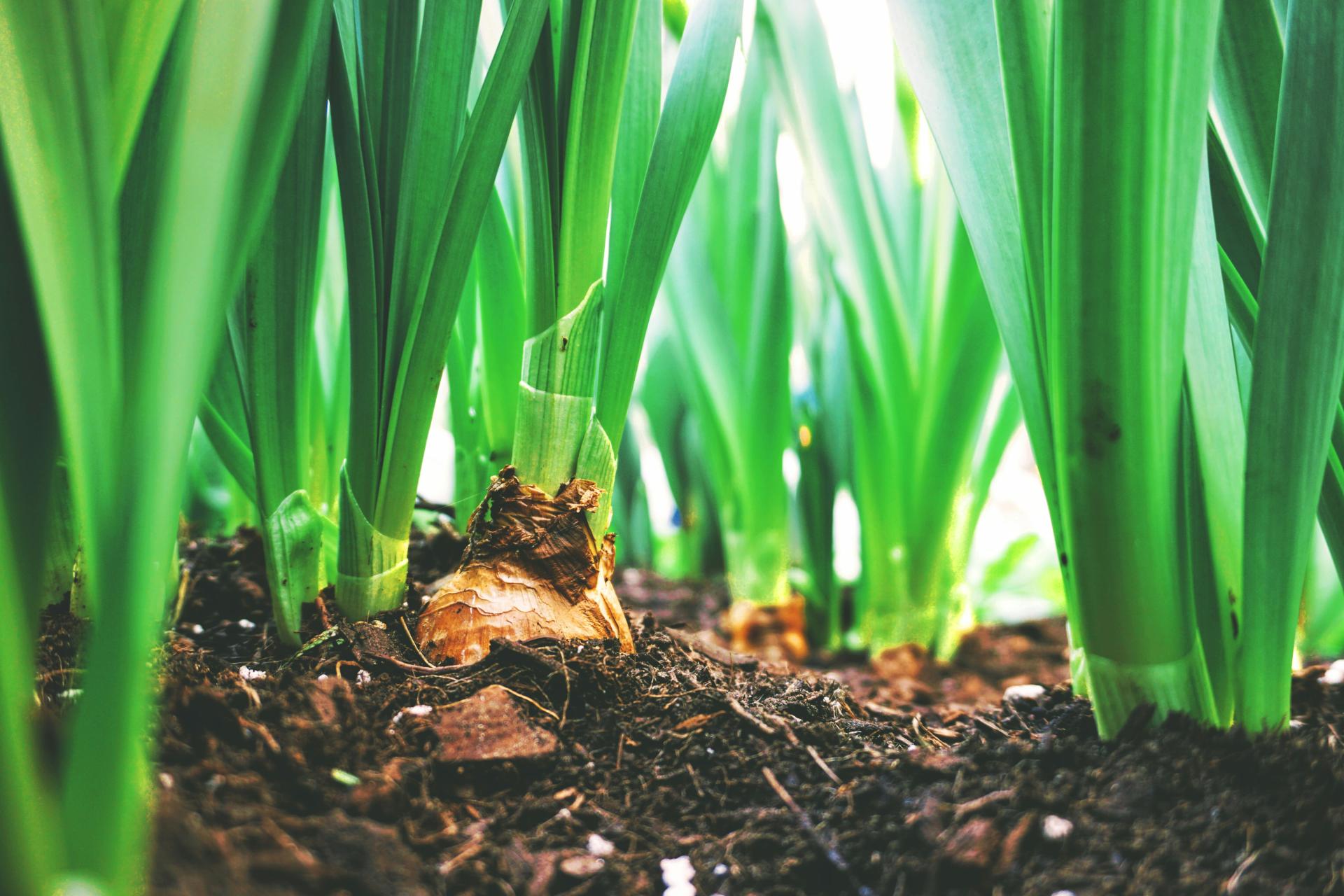You are here
Be A Better Gardener: Day Length in the Garden
Be A Better Gardener: Day Length in the Garden
By Thomas Christopher
My spirits lift as spring draws near and the days grow longer – and that’s not just because I know a return to the garden is imminent. Like almost 40 percent of the U.S. population, I experience a certain degree of depression when exposure to sunlight drops to its nadir in mid-winter. Apparently, the loss of light causes chemical changes in our brains. Fortunately, these changes typically reverse themselves as the daily hours of daylight increase.
Your plants also react to changes in the relative balance of light and dark. Indeed, they synchronize their growth and the stages of their development to such changes. That’s because they contain compounds that act as photoreceptors. These compounds undergo changes when they are struck by various colors of light, and then gradually revert to their original state during the hours of darkness. The proportion of the one chemical to the other reflects the current proportion of daylight hours to hours of darkness, enabling the plant not only to read the immediate situation but also chart trends in the increase or decrease of day length.
This, in turn, allows plants to synchronize their activities to the season. So-called “long day” species such as foxgloves, petunias, carnations, and coneflowers switch to producing flowers as the period of daylight stretches to more than 12 hours daily in summertime. “Short day” flowers such as chrysanthemums and poinsettias bloom in fall when day-length is growing shorter and night length is growing longer. In both cases it is the trend, the gradual movement toward longer or shorter days, that triggers the plant. Not all plants synchronize their bloom with day length; geraniums, impatiens, and begonias react to other environmental triggers such as temperature.
Sensitivity to day length (actually, research has found that it’s the length of the dark period or night that plays the decisive role) is also important to the vegetable gardener. For example, it’s sensitivity to lengthening days as well as increasing temperatures that causes your spring lettuce to bolt and go to seed as summer settles in.
The vegetable crop best known for its reaction to day and night length are onions. When you order plants or seeds of onions from the nursery catalog, you’ll be confronted with three different categories: short day, long day, and intermediate cultivars. If you are gardening in the South, where onions are a fall and winter crop, you need to plant a short day type of onion, whose bulbs start to swell as the period of daylight drops to 10-12 hours or less. From New Jersey north, onions are a summer crop, and you must plant a long day type whose bulbs swell when the day length reaches 14-16 hours. In between, in a band stretching from northern California to the Carolinas, intermediate types yield best because they adopt a middle road of initiating bulb formation when the day length reaches 12-14 hours.
Being aware of the impact of plants’ readings of daylight trends can save you from disappointments in the garden. Nursing that basket of petunias through the heat of the summer with the hope that it will cover itself with flowers again as fall brings cooler weather disregards the fact that petunias are long day plants. That is, it is the trend of increasing day length that triggers their flowering in early summer. Autumn’s trend is shortening days, and that will switch off the petunia’s flower production.
Clearly, understanding the basics of such natural systems can help you garden more effectively. For me, however, the impact is more in the sense of wonder such knowledge evokes that nature, even in our back yard plots, is so ingeniously constructed. The more we know, the greater the beauty of our gardens.
Be-a-Better-Gardener is a community service of Berkshire Botanical Garden, located in Stockbridge, Mass. Its mission, to provide knowledge of gardening and the environment through a diverse range of classes and programs, informs and inspires thousands of students and visitors each year. Thomas Christopher is a volunteer at Berkshire Botanical Garden and is the author or co-author of more than a dozen books, including Nature into Art and The Gardens of Wave Hill (Timber Press, 2019). He is the 2021 Garden Club of America's National Medalist for Literature, a distinction reserved to recognize those who have left a profound and lasting impact on issues that are most important to the GCA. Christopher’s companion broadcast to this column, Growing Greener, streams on WESUFM.org, Pacifica Radio and NPR and is available at berkshirebotanical.org/growinggreener
Help Our Garden Grow!
Your donation helps us to educate and inspire visitors of all ages on the art and science of gardening and the preservation of our environment.
All donations are 100 percent tax deductible.


